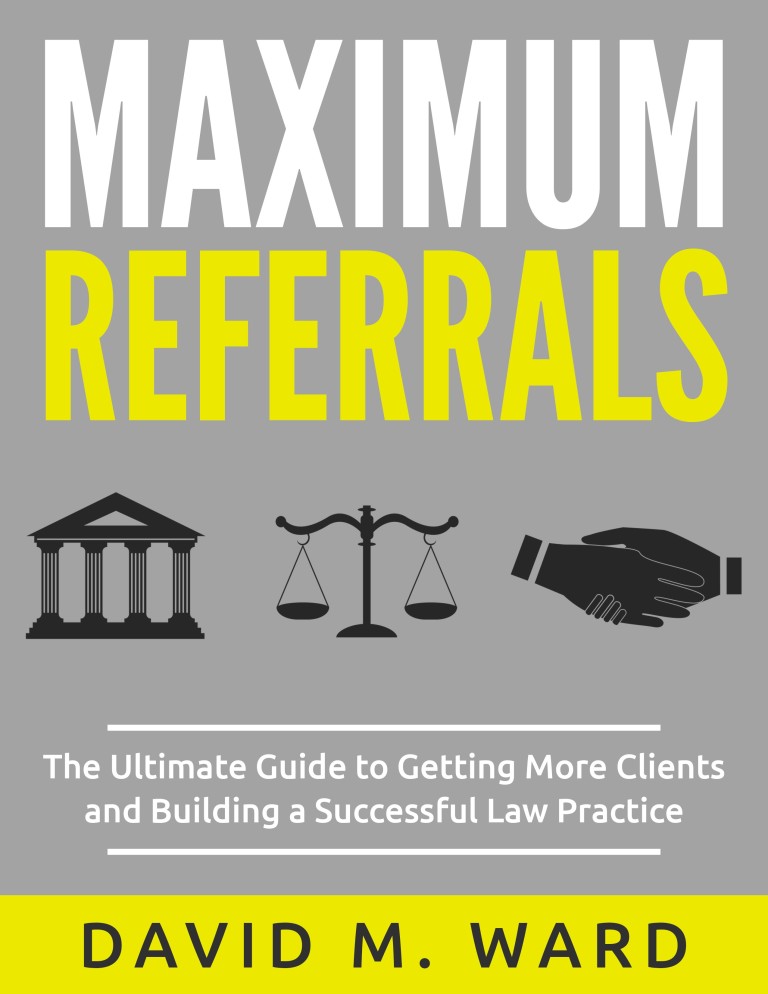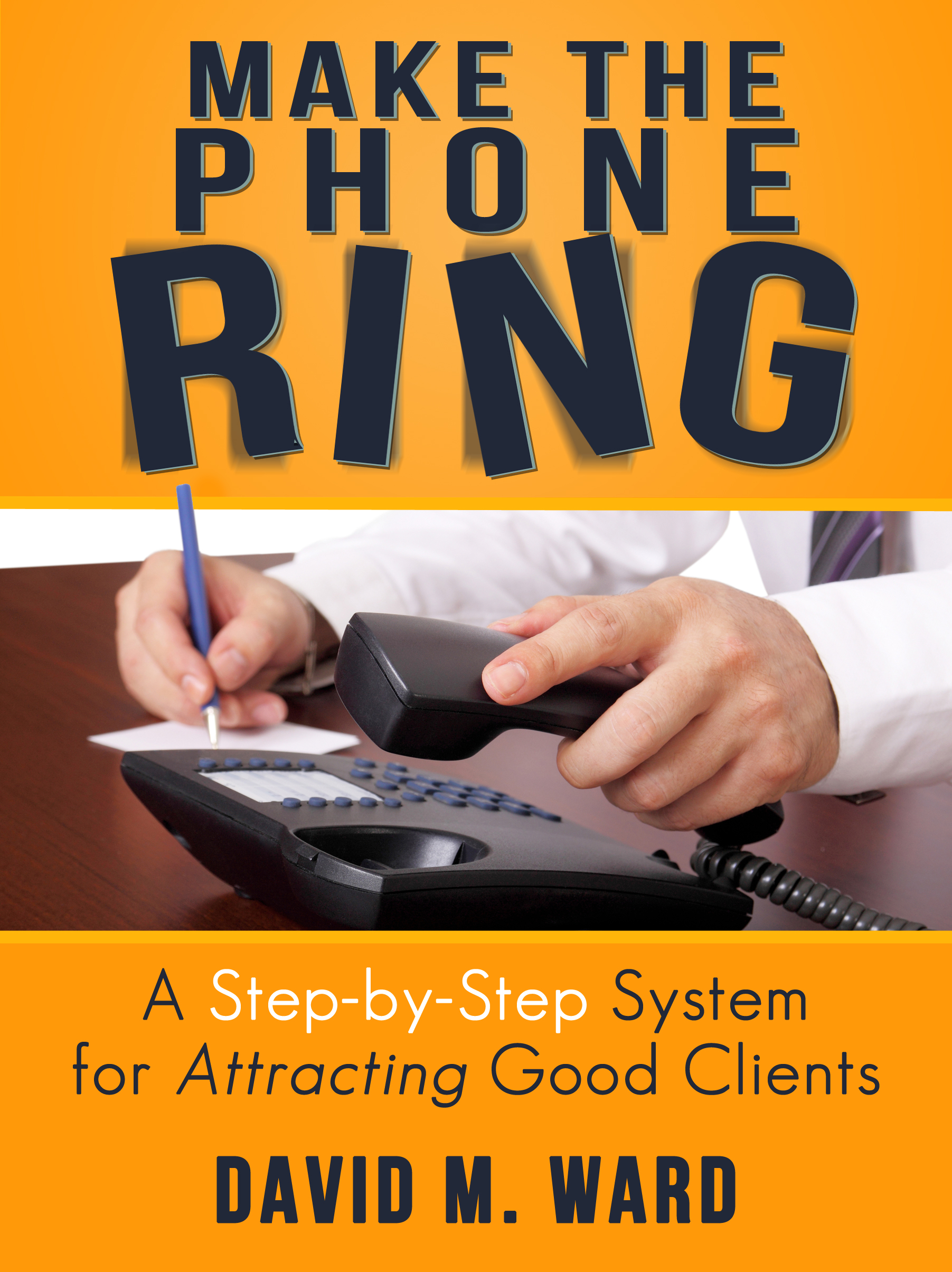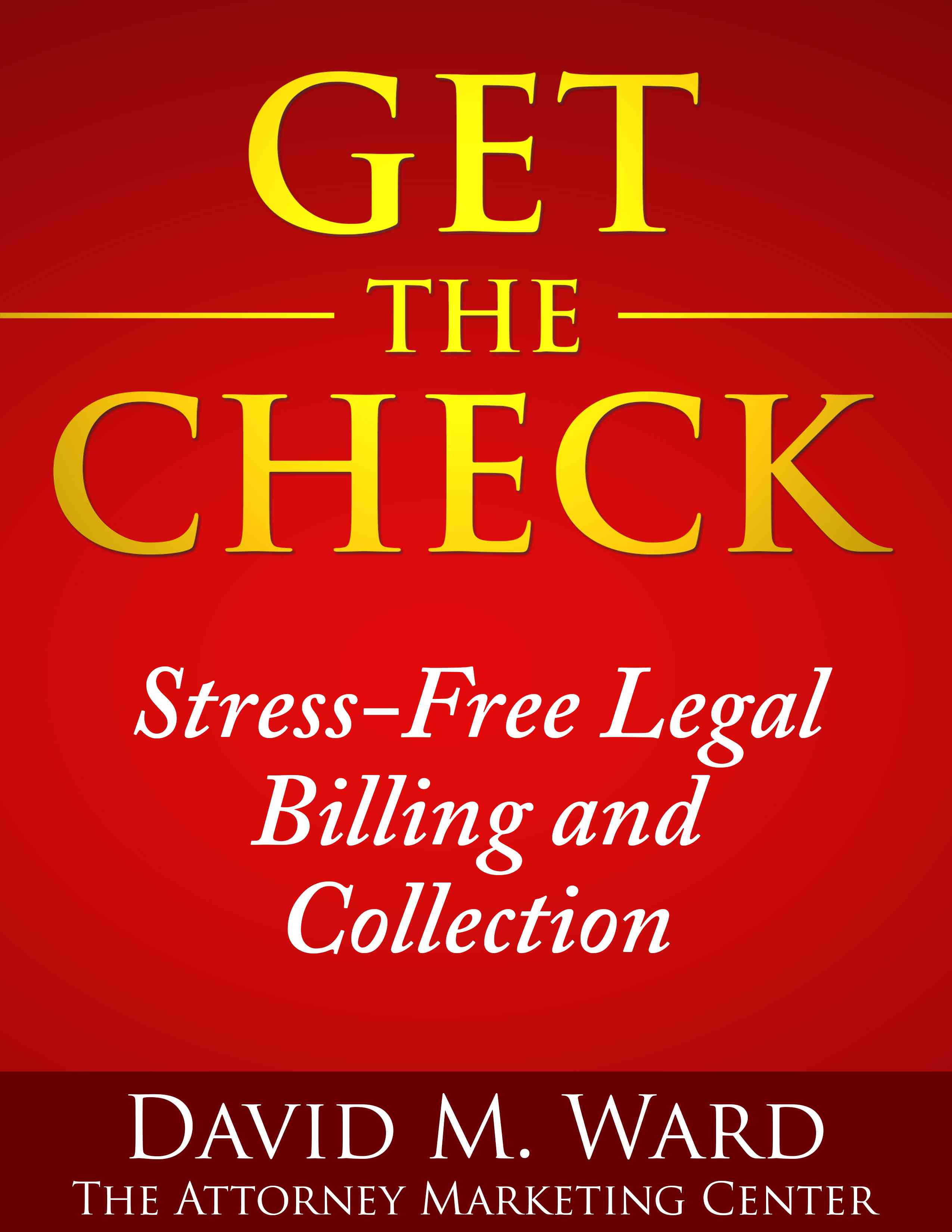I’ve done a lot of writing in my life but I’ve never written fiction. I want to. Writing novels has been a lifelong dream. It sounds like such an immense project, doesn’t it? How do you do it? Where do you start?
Like any big project, you start at the beginning. As Mark Twain said, “The secret of getting ahead is getting started. The secret of getting started is breaking your complex overwhelming tasks into small manageable tasks, and starting on the first one.â€
Novelist, E.L. Doctorow, when asked about the immensity of writing a novel put it this way: “It’s like driving a car at night. You never see further than your headlights, but you can make the whole trip that way.”
Big projects are collections of smaller tasks. You don’t sit down and write a 100,000 word novel, you write 1,000 words, or 500, and you repeat this process until you are done.
But don’t you have to know the destination? You can’t just get in your car and drive and expect to get where you want to go, can you?
Some people do. Some people know they want to write a book or start a business or travel to foreign lands and they just do it. They begin the journey, with little more than a general idea of where they want to go, and eventually, they get there. They’ll probably tell you that not planning everything makes the journey that much more enjoyable.
In the world of fiction writing, they are called “pantsers”. They write by the seat of their pants. They start with an idea or a character and see where it takes them. The few times I’ve tried writing a story, I did it this way. I quickly found myself asking, “What happens next?” and I didn’t know, so I stopped writing.
At the other end of the spectrum are plotters. They plan out the entire story, from start to finish, deciding in advance “what happens next” before they begin the actual writing.
And then there are those who fall somewhere in the middle. They know the major plot points or beats they will use to advance their story, but they don’t know all the details. They are prepared to let their characters take them in different directions, but they keep their eye on the destination.
In the business world, I think the latter is the right model. A business plan that is loaded with specifics and details is impractical to follow in view of the vagaries of the real world where, unlike a novel, you aren’t omnipotent. On the other hand, starting with no plan whatsoever could find you wandering, if not foundering.
A business plan, or the plan for any big project, should address the big picture and general direction of the venture. You need to know where you are going and how you will start; you don’t need to know everything.
Do you have a big project you’ve been putting off because you don’t know how to do everything? Now you know you don’t have to. You need to know what you want to accomplish, have a basic understanding of the issues you will need to address, and then you need to start.
You don’t need turn-by-turn navigation helping you get to your destination. You can stop along the way and look at the map or ask for directions. But you’ll never get where you want to go unless you get in the car, turn on the engine, and drive.
The Attorney Marketing Formula comes with a simple marketing plan that really works.







